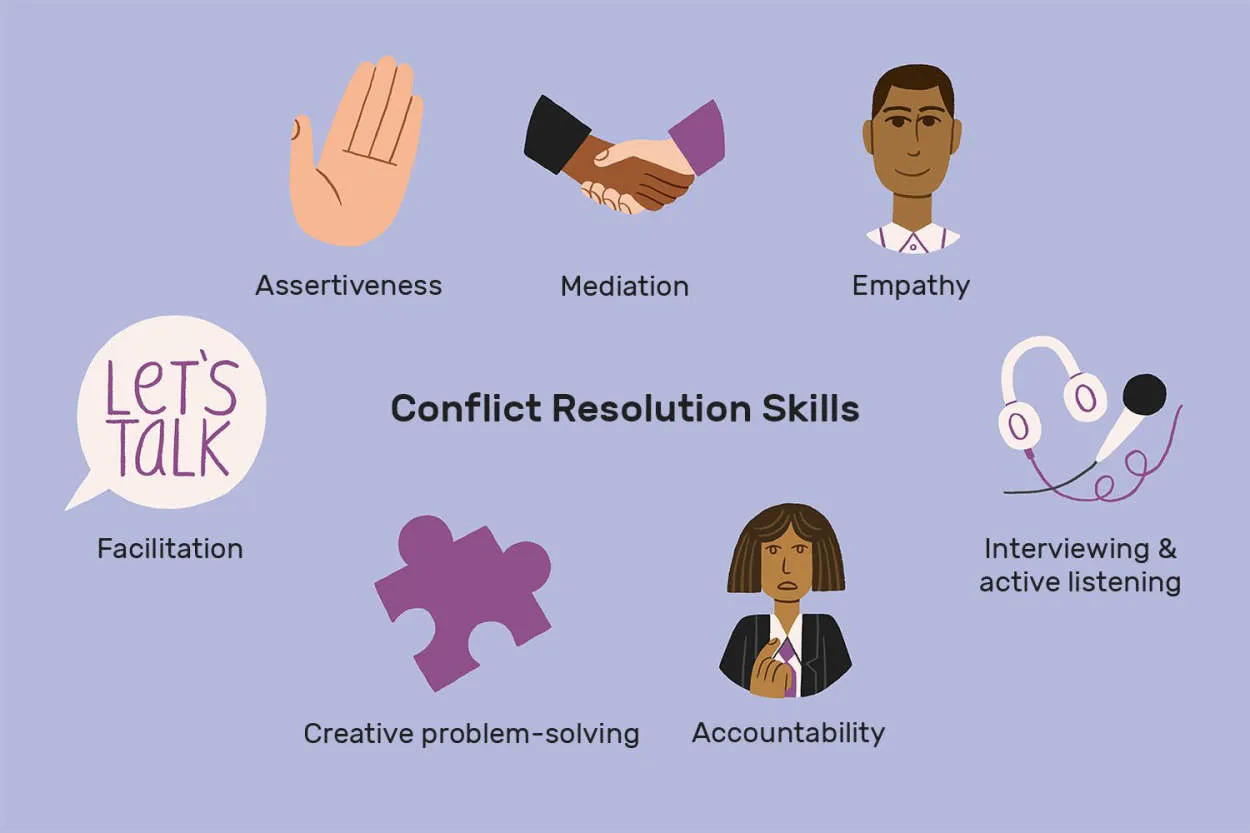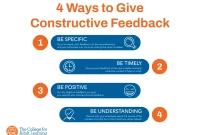The impact of effective conflict resolution on team dynamics is significant. When conflicts are resolved in a constructive and positive manner, it enhances communication, fosters collaboration, and strengthens relationships among team members. This leads to improved productivity and overall team satisfaction.
Encouraging Open and Respectful Communication
In any team setting, effective conflict resolution is crucial for maintaining healthy team dynamics. By encouraging open and respectful communication, teams can address conflicts proactively and ensure that everyone’s perspectives are heard.
Open communication involves creating an environment where team members feel comfortable expressing their opinions and concerns. This can be achieved by promoting active listening, emphasizing the importance of diverse viewpoints, and fostering a culture of trust and mutual respect.
Respectful communication, on the other hand, focuses on the way team members interact with one another. It involves treating each other with dignity, refraining from personal attacks, and being mindful of the impact our words can have on others. By practicing respectful communication, teams foster a positive atmosphere that encourages collaboration and creativity.
When conflicts arise, teams that prioritize open and respectful communication are better equipped to address them in a constructive manner. Rather than suppressing conflicts or allowing them to escalate, team members can openly discuss their differences, seek common ground, and explore potential solutions together. This approach not only helps resolve conflicts efficiently but also strengthens relationships within the team.
Furthermore, encouraging open and respectful communication can lead to improved problem-solving and decision-making processes. When team members feel comfortable sharing their ideas and concerns, a wider range of perspectives is considered, leading to more informed decisions. Moreover, open and respectful communication also promotes an environment where feedback is valued, enabling teams to continuously learn and grow.
In conclusion, by prioritizing open and respectful communication, teams can significantly impact their dynamics. Creating an atmosphere where team members feel comfortable expressing themselves and treating one another with respect facilitates effective conflict resolution, strengthens relationships, and enhances problem-solving processes. By embracing these principles, teams can achieve greater success and productivity.
Identifying and Addressing Root Causes of Conflict
Conflict is an inevitable aspect of working in teams, and if left unresolved, it can have a detrimental impact on team dynamics. To effectively resolve conflict and promote healthier team interactions, it is crucial to identify and address the root causes of the conflict.
Lack of Communication
One common root cause of conflict in teams is a lack of communication. Misunderstandings, misinterpretations, and assumptions can easily arise when team members fail to communicate effectively. Encouraging open and honest communication channels can help prevent conflicts from arising or escalating.
Differences in Values and Goals
Conflicts may also stem from differences in values and goals. When team members have divergent beliefs or objectives, it can lead to disagreements and tension. Fostering an environment where divergent viewpoints are respected and finding common ground can help address this root cause of conflicts.
Role Ambiguity
Unclear role definitions within a team can create confusion, overlapping responsibilities, and conflicts. Clear role expectations and effective delegation of tasks can mitigate conflicts caused by role ambiguity. Regularly reviewing and adjusting roles as needed ensures that each team member understands their responsibilities and avoids conflicts related to role ambiguity.
Lack of Trust
Trust is the foundation of a high-functioning team, and its absence can give rise to conflicts. Distrust can emerge from past experiences, lack of transparency, or conflicting interests. Building trust through open communication, consistency, and addressing concerns promptly can help resolve conflicts stemming from distrust.
Competitive Environment
A competitive team environment, where individuals are more focused on personal gains rather than the collective success, can lead to conflicts. Encouraging a collaborative atmosphere, promoting teamwork, and emphasizing shared objectives can shift the focus from competition to cooperation, minimizing conflict.
In conclusion, addressing the root causes of conflict is crucial for effective conflict resolution and maintaining positive team dynamics. By focusing on improving communication, resolving differences in values and goals, clarifying role expectations, building trust, and fostering collaboration, teams can create a harmonious working environment where conflicts can be managed and resolved constructively.
Promoting Collaboration and Mutual Understanding
Effective conflict resolution plays a crucial role in shaping team dynamics. By promoting collaboration and mutual understanding within a team, conflict resolution helps to foster a positive and productive work environment.
One of the key impacts of effective conflict resolution is improved communication. When conflicts arise, team members are forced to engage in open and honest discussions, actively listening to each other’s perspectives. Through this process, they can gain a deeper understanding of the underlying issues and find mutually beneficial solutions.
Moreover, effective conflict resolution encourages collaboration among team members. By addressing conflicts head-on instead of avoiding or suppressing them, individuals can learn to work together towards common goals. This promotes a sense of unity, trust, and camaraderie within the team.
Another important impact of effective conflict resolution is the enhancement of problem-solving skills. When conflicts are resolved in a constructive manner, team members develop the ability to identify and analyze problems, think critically, and generate innovative solutions. This not only improves the overall team dynamics but also strengthens the team’s performance.
Furthermore, conflict resolution contributes to increased empathy and tolerance. Team members learn to consider different perspectives and appreciate diverse ideas and opinions. This facilitates a more inclusive and understanding work environment, where individuals feel supported and valued.
In conclusion, promoting collaboration and mutual understanding through effective conflict resolution is essential for enhancing team dynamics. Improved communication, increased collaboration, enhanced problem-solving skills, and greater empathy are some of the positive impacts that arise from successfully addressing conflicts within a team. By prioritizing conflict resolution, teams can create a harmonious and productive work environment.
Conclusion
Effective conflict resolution has a significant impact on team dynamics. By addressing conflicts promptly and constructively, teams can foster better communication, collaboration, and productivity. Emphasizing open dialogue, active listening, and a focus on finding mutually acceptable solutions helps promote understanding and build stronger relationships among team members. Overall, when conflicts are managed effectively, teams can thrive and achieve their goals more efficiently.




